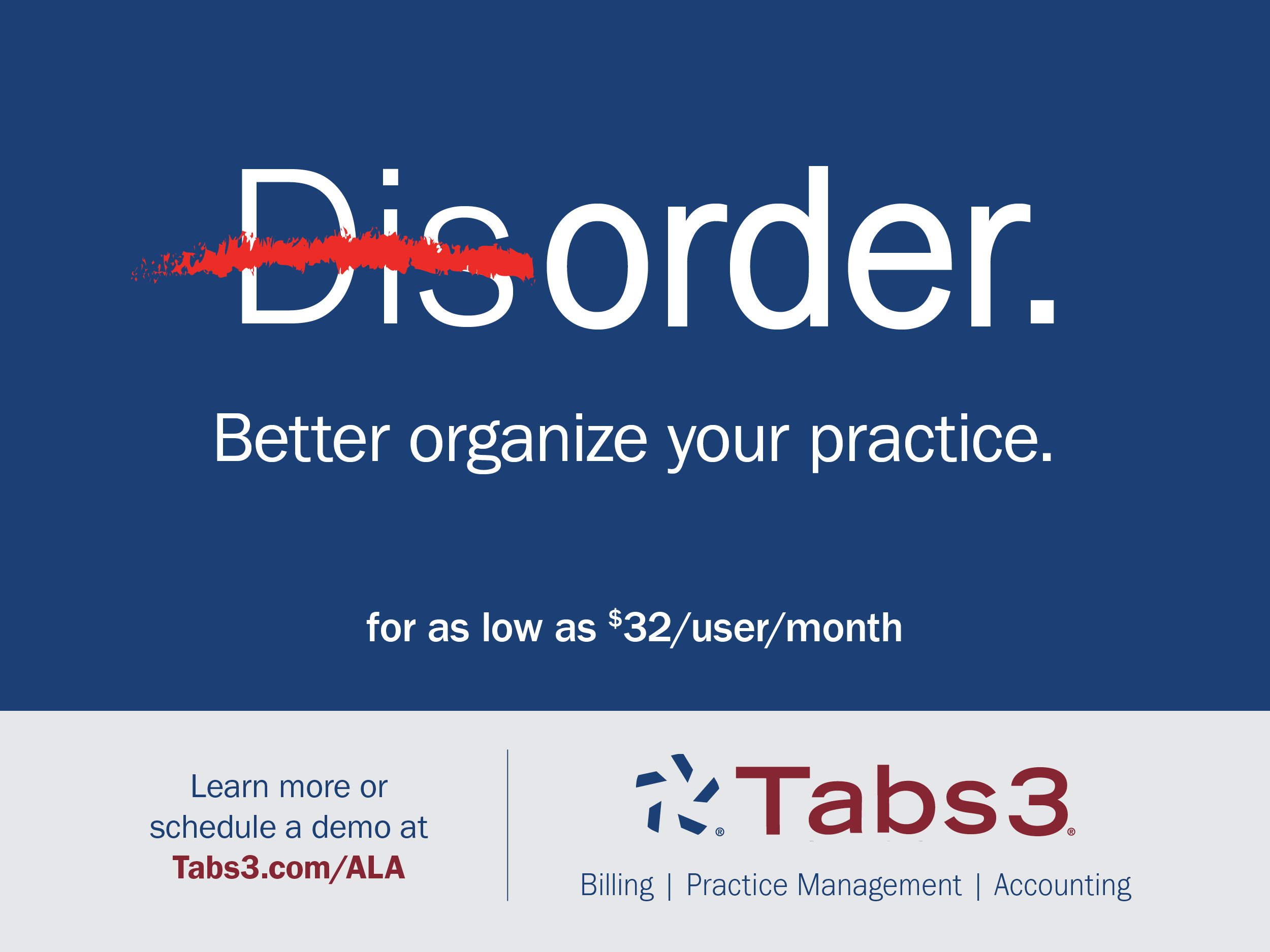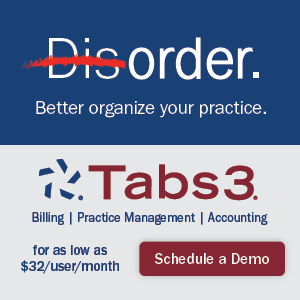With the adoption of legal tech on the rise and no sign of it slowing down, it will be key for both firms and administrators to be intentional about how they approach their training and use of joint platforms with their clients.
Here are a few key things to consider as you go about working with clients and your teams on how to successfully adopt new tools.
1. Understand how the client expects you to use them.
Like many things, a good place to start is with understanding expectations. If your client has asked you to use one of their preferred platforms, begin by asking them for some specific direction on how they use (and would like you to use) the platform.
Many platforms tend to come with lots of bells and whistles built in that the client does not bother with, so getting hyper-focused on how they use the tool will help save you and your team time and energy.
“Project management platforms tend to have highly customizable project configurations, so it’s helpful to get a sense of each client’s unique setup,” says Gillian Fishman, the Founder of Jade, a startup dedicated to driving technology adoption in the legal industry.
If you are sensitive to asking your client for their time and help, remember to structure your request from the perspective of “what’s in it for them.” In other words, the more you demonstrate how their efforts to inform you will help your firm meet their expectations, the more likely they are to accommodate your requests.
2. Don’t reinvent the wheel if you don’t have to — contact the platform provider and ask them to help train your team.
Instead of taking it upon yourself to design a training system and conduct sessions for your team, consider reaching out to the platform provider first to ask them to provide sessions to train your staff.
Most providers are happy to set up group training sessions for several reasons. First, there has been an explosion of project management tools in the last few years, and with increased competition, many providers are more than happy to provide training that sets them apart. Second, training means they have an opportunity to help make their tool successful inside your organization — in hopes that their product will stick around.
“Many platforms tend to come with lots of bells and whistles built in that the client does not bother with, so getting hyper-focused on how they use the tool will help save you and your team time and energy.”
As part of our request, remember to mention to the provider that you’ll be sure to tell the point of contact at your client (who is also their client) that they were accommodating and helpful in the adoption process.
If you are unable to secure training directly from the platform, consider whether it makes sense to hire an outside consultant to host the training for you. The value here, of course, lies in the subject matter expertise that training consultants, training platforms and their methodologies bring to the table.
3. Train in context.
“The most effective way to learn a new technology is to learn it in context,” says Fishman. “Diving in with a specific goal in mind and working through how to accomplish it is much more productive than clicking around without an objective or watching someone else perform generic tasks in a tutorial or training session.”
In other words, use the information you learn from your client about their priorities and how they use the platform to train with specific examples and to keep the training as narrowly focused as possible. Providing access to the platform and asking your team to “poke around” can quickly leave them feeling overwhelmed, particularly with multi-use platforms that have multiple applications.
4. Provide a roadmap, to the best of your ability, and break the training up into small chunks.
If you are going to be tasked with training the team yourself, remember to take some time up front to build a simple roadmap that the training will follow. A formulaic approach combined with a simple outline goes a long way in giving learners comfort about the process.
For example, break your training sessions into four to five parts with well-defined objectives instead of unstructured, marathon training sessions.
If you’re concerned about the return you will receive from spending your valuable time outlining the training sessions, remember that this is not all or nothing. In other words, even a small investment of your time spent designing a simple roadmap will make a difference with how the training lands with your team.
“Remember to break up training into smaller chunks to allow your team to process and digest the ins and outs of the new platform. The science behind smaller sessions — like 30 to 45 minutes, for example — suggests they're better for retention.”
Similarly, here’s another concept you’ve probably heard before but that bears repeating here: Remember to break up training into smaller chunks to allow your team to process and digest the ins and outs of the new platform.
The science behind smaller sessions — like 30 to 45 minutes, for example — suggests they're better for retention. Even when you have buy-in from your team, “changing someone’s routine is hard — and the bigger the change, the harder it is to make,” says Fishman. “So keep each step toward the end goal small — a small change that takes a small amount of time (and a small amount of thinking).”
5. Focus on small wins.
When it comes to learning new technologies, small wins are key.
“A great software training program is one that keeps users engaged and motivated, and the key to user engagement and motivation is incorporating interactive elements early and often," says Fishman. "The earlier and more frequently you can give a user a small win — accomplishing something with the software successfully — the more likely you are to hold their attention and maintain motivation.”
“As an administrator, don’t forget to acknowledge your own small wins as you learn the platform yourself and help your team do the same.”
A small win could be, for example, acknowledging someone on your team (such as in a team meeting) for successfully completing their first client-facing use of the platform. Another could be a short email after a training session acknowledging them for taking the time to show up at a training given their already busy schedule.
As an administrator, don’t forget to acknowledge your own small wins as you learn the platform yourself and help your team do the same.
6. Start building protocols and setting expectations with your team members — legal tech is here to stay.
As legal technology platforms become more and more commonplace, there’s no doubt that clients will expect you and your team to work with them through their preferred software.
As a result, consider whether it makes sense for you to build out some simple protocols for the adoption and use of client platforms. Here’s a simple starting point: The next time you’re asked by a client to work with them on a new platform, document all of the steps you took in working with the client and your team to get it up and running. Take notes and make a list of what you did with the client, how you approached the platform provider, how you rolled it out with your team, how you structured the training and so on. Taking just a few minutes here and there to record and memorialize how you went about it will make doing it the second time that much easier.
Also consider the value that may come from setting expectations for your team by making it clear that more and more clients are likely to reach out and ask the firm to partner with them moving forward. Prepare them for what’s to come.
“Getting buy-in from the people who will be using the software is just as important as getting buy-in from the decision makers,” says Fishman. "And for legal professionals, buy-in requires generating excitement about the reward, proving the risks are minimal and proving it will make a difference to their clients or company."
Where applicable, don’t forget to highlight that a new software — though it may be tedious or challenging to have to learn how to use it — will lead to increased efficiency and potentially less work for your team in the long run.


